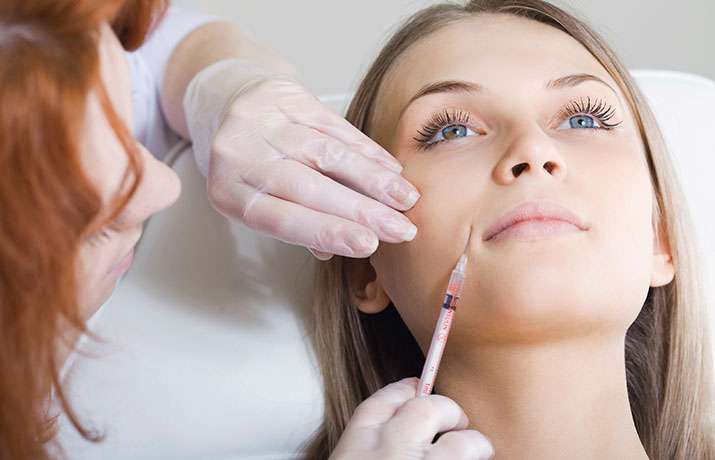M Berger1, A Oksenberg1, D S Silverberg2, E Arons1, H Radwan1 and A Iaina2
Abstract
Obstructive sleep apnea (OSA), is a common clinical condition affecting at least 2-4% of the adult population. Hypertension is found in about half of all OSA patients, and about one-third of all patients with essential hypertension have OSA. There is growing evidence that successful treatment of OSA can reduce systemic blood pressure (BP).
Body position appears to have an important influence on the incidence and severity of these sleep-related breathing disturbances. We have investigated the effect of avoiding the supine position during sleep for a 1 month period on systemic BP in 13 OSA patients (six hypertensives and seven normotensives) who by polysomnography (PSG) were found to have their sleep-related breathing disturbances mainly in the supine position.
BP monitoring was performed by 24-h ambulatory BP measurements before and after a 1 month intervention period. We used a simple, inexpensive method for avoiding the supine posture during sleep, namely the tennis ball technique. Of the 13 patients, all had a reduction in 24-h mean BP (MBP). The mean 24-h systolic/diastolic (SBP/DBP) fell by 6.4/2.9 mm Hg, the mean awake SBP/DBP fell by 6.6/3.3 mm Hg and the mean sleeping SBP/DBP fell by 6.5/2.7 mm Hg, respectively.
Conclusion: All these reductions were significant (at least P < 0.05) except for the sleeping dbp. The magnitude of the fall in sbp was significantly greater in the hypertensive than in the normotensive group for the 24 h period and for the awake hours. In addition, a significant reduction in bp variability and load were found. Since the majority of osa patients have supine-related breathing abnormalities, and since about a third of all hypertensive patients have osa, avoiding the supine position during sleep, if confirmed by future studies, could become a new non-pharmacological form of treatment for many hypertensive patients.
At AZ TMJ, we have found that through a combined treatment with an oral sleep appliance and limiting the supine sleeping position our patients have had greater success in limiting the number of Apnea events they have per night. Many of our patients are getting better quality sleep, which is in turn lowering their blood pressure, as this research has confirmed. Dr. Stan Farrell is a member of the American Academy of Dental Sleep Medicine and has extensive training in the treatment of sleep apnea with an oral appliance. Call and schedule a consultation today and see if an oral appliance may be an option for you at 480-945-3629. www.headpaininstitute.com

